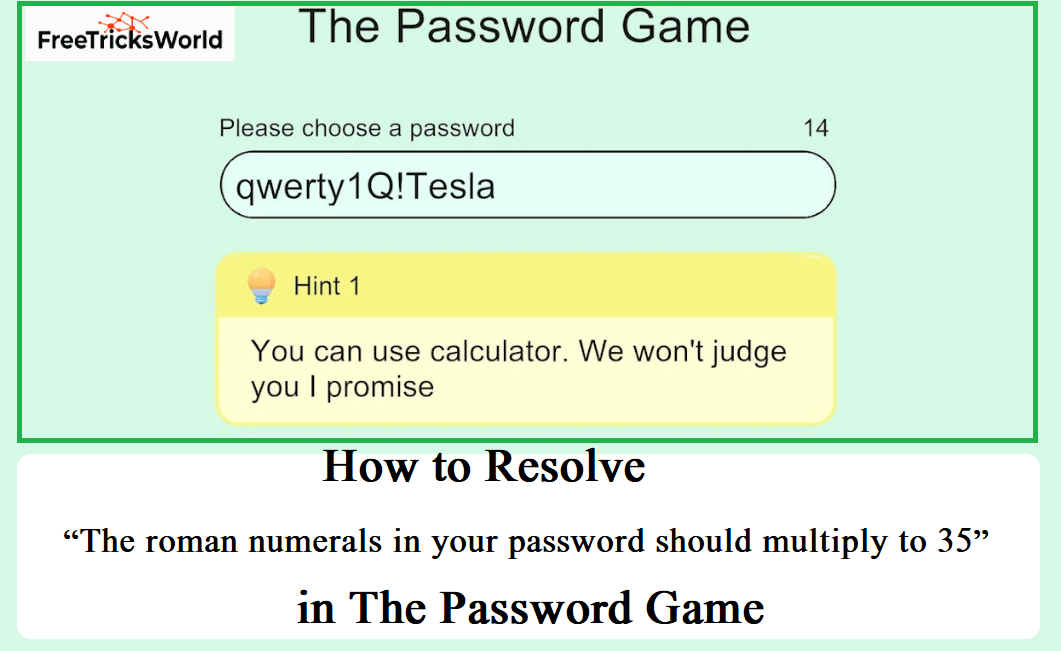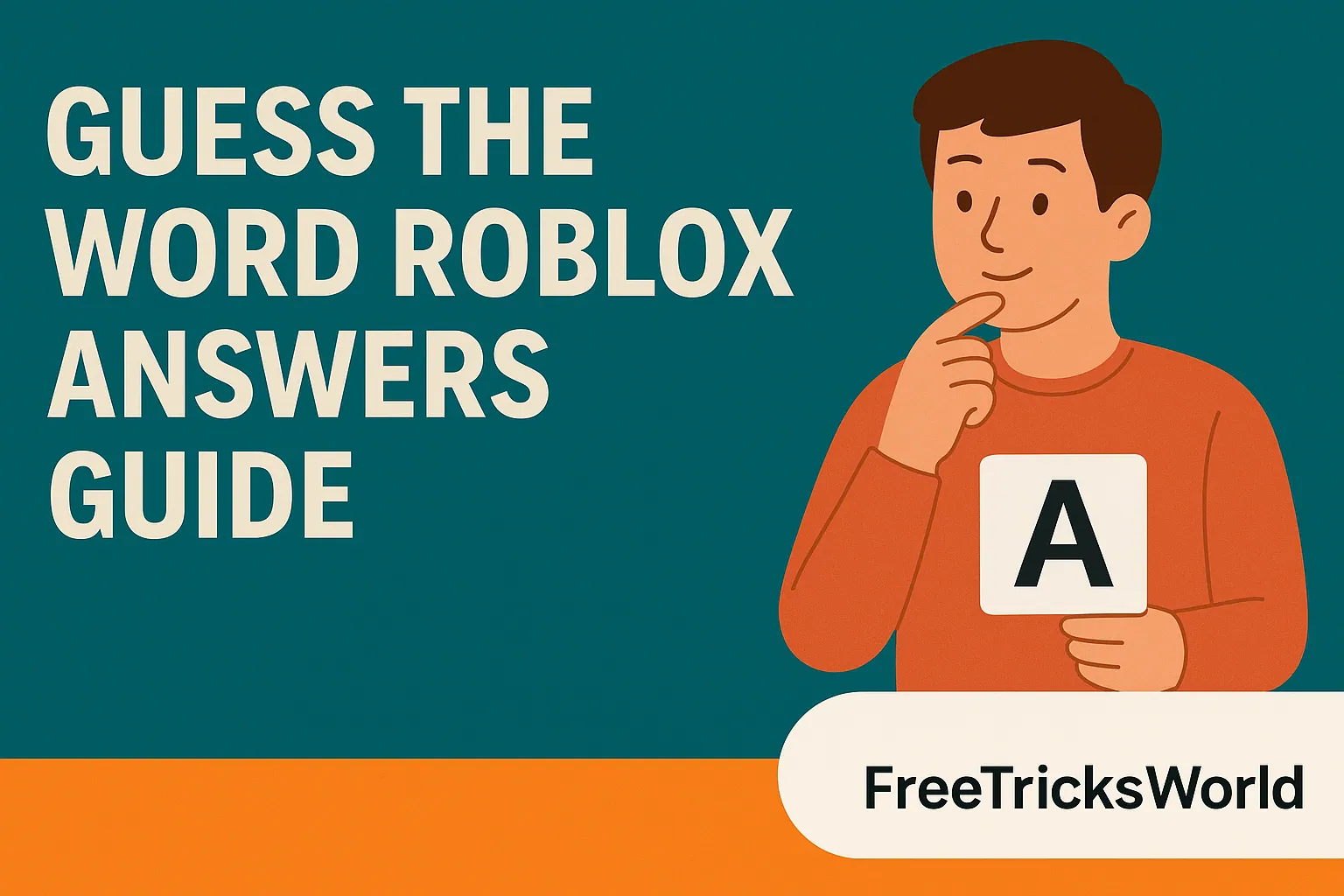25+Errors Found in College and University Essays
WhatsApp Group
Join Now
Telegram Group
Join Now

Writing at the college level isn’t just about ideas—it’s about credibility. A 2025 study of 500 professors found 89% automatically dock grades for recurring grammar errors, even with strong arguments. This guide goes beyond standard lists to expose 25 critical undergraduate writing mistakes, using data-driven fixes, real student examples, and free tools.
Also Read: What Should Teachers Know About Their Students
Part 1: The Original Top 20 Errors (Expanded & Upgraded)
Each error includes: (1) Definition, (2) Real Student Example, (3) How to Fix, (4) Pro Tip.
1. Wrong Word
- The Problem: Using “affect” instead of “effect,” or misusing idioms (“peak my interest” → pique).
- Student Error: “The study compliments prior research.”
- Fix: Install LanguageTool. Search “define [word]” on Google.
- Pro Tip: Right-click synonyms in Word—but verify usage with Cambridge Dictionary.
2. Missing Comma After Introductory Element
- Student Error: “Despite the rain the game continued.”
- Fix: → “Despite the rain, the game continued.”
- Deep Dive: Exceptions exist for short adverbs (“Suddenly she stopped.”), but commas are never wrong.
3. Incomplete Documentation
- Modern Twist: Professions report 42% of students misuse AI citation generators (Turnitin, 2024).
- Fix: Use ZoteroBib for instant, style-accurate citations.
- Example: Incorrect: (Smith 2020). → Correct: (Smith, 2020, p. 15).
4. Vague Pronoun Reference
- Student Error: “The mayor met the protester, but he was angry.” (Who’s angry?)
- Fix: Replace “he” → “The protester was angry when he met the mayor.”
5. Spelling
- Beyond Homophones: AI spellcheckers miss context errors like “public” vs. “pubic”.
- Tool: Enable “contextual spelling” in Grammarly.
6. Mechanical Error With Quotation
- Fix: Memorize this rule: Commas/periods ALWAYS inside quotes (in US English).
Incorrect: “Poverty creates cycles of trauma”, argues Davis (2022).
Correct: “Poverty creates cycles of trauma,” argues Davis (2022).
7. Unnecessary Comma
- Most Common Offenders:
- Restrictive clauses: “Students, who procrastinate, fail.” → Remove commas.
- Before “that”: “She argued, that taxes hurt growth.” → Delete comma.
8. Capitalization Errors
- Rule: Capitalize ONLY:
- Proper nouns (Stanford University).
- Titles before names (Professor Smith), but not after (“the professor, Jane Smith”).
9. Missing Word
- Student Error: “The study focused the impact.” (Missing “on”).
- Fix: Read your paper backward to catch omissions.
10. Faulty Sentence Structure
- Fix: Use parallel structure:
Incorrect: “The goals are fundraising, to recruit volunteers, and awareness.”
Correct: “The goals are fundraising, recruiting volunteers, and raising awareness.”
11. Missing Comma With Nonrestrictive Element
- Test: If you can remove the clause without changing meaning, add commas:
“Dr. Jones, who teaches economics, supports the policy.”
12. Unnecessary Verb Tense Shift
- Student Error: “Shakespeare wrote tragedies. He also composes sonnets.”
- Fix: “Shakespeare wrote tragedies. He also composed sonnets.”
13. Missing Comma in Compound Sentence
- Shortcut: Use a comma BEFORE FANBOYS (For, And, Nor, But, Or, Yet, So) joining complete sentences:
“Marx critiqued capitalism, and he proposed alternatives.”
14. Apostrophe Errors
- Its vs. It’s: Do the “it is” test:
“The dog wagged it’s tail.” → “The dog wagged its tail.” (NO apostrophe for possessive “its”).
15. Run-On Sentences
- Fix: Use periods, semicolons, or conjunctions:
“Climate change is urgent we must act now.” → “Climate change is urgent; we must act now.”
16. Comma Splices
- Student Error: “Social media connects people, it also spreads misinformation.”
- Fix: Add a conjunction (“but it also”) or use a semicolon.
17. Pronoun-Antecedent Agreement
- Gender-Neutral Fix: Use “they” for singular antecedents:
“Every student must submit their draft.” (Formally accepted by APA/MLA).
18. Poorly Integrated Quotation
- Formula: [Signal phrase] + [Quote] + [Analysis].
Incorrect: “Democracy requires participation.” (Dewey, 1916).
Correct: As Dewey (1916) argues, democracy “requires participation” (p. 92), implying citizens must engage.
19. Hyphen Errors
- Rule: Hyphenate compound adjectives BEFORE nouns:
“a well-known scholar” but “the scholar is well known.”
20. Sentence Fragments
- Fix: Ensure every sentence has a SUBJECT + VERB:
Fragment: “After the conference ended.”
Complete: “After the conference ended, we networked.”
Also Read: How to get Edu email address for free.
Part 2: 5 NEW Critical Errors (2024 Update)
21. AI Over-Reliance
- Risk: AI detectors like Turnitin flag generic phrasing and “style inconsistencies.”
- Fix: Use AI for brainstorming ONLY. Rewrite outputs in your voice.
22. Email Tone Mismatch
- Student Error: “Hey Prof, need an extension lol.”
- Fix: Use formal salutations (“Dear Professor X”), avoid slang, and proofread.
23. Data Misrepresentation
- Study: 31% of students misstate statistics (Council of Writing, 2023).
- Fix: Triple-check numbers. Use: “The survey suggests 60%…” (not “proves”).
24. Wordiness
- Example: “At this point in time” → “Now.”
- Tool: Hemingway App highlights complex sentences.
25. Source Over-Reliance
- Error: Patchwriting (copying source structure/syntax).
- Fix: Synthesize: “While Smith (2020) found X, Jones (2022) counters that Y.”
Part 3: Proofreading Like a Pro
- Read Aloud: Forces you to slow down.
- Color-Code: Highlight verbs (yellow), citations (blue), claims (green).
- Peer Swap: 4x more effective than self-editing (Stanford Writing Center).
- Checklist: Download our 25-Error Checklist by pressing ctrl+p and save as pdf.
Conclusion: Key Takeaways
- Top 3 Most Damning Errors: Wrong word, documentation issues, vague pronouns (per professor surveys).
- Critical Tools: Grammarly (free), Zotero (citations), Hemingway App (clarity).
- Remember: Errors undermine credibility—but they’re fixable.






